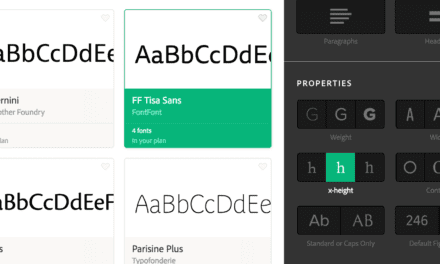ARTICLE SUMMARY: There are benefits to designing with empathy in mind. It dramatically increases our chances of meeting user needs and expectations by uncovering deeper insights.
In the 1990s companies realized customer feedback forms were not quite enough to help them attain the marketing success they had hoped. They needed a more in-depth qualitative research to inform and inspire design choices that would help make their target audiences choose them.
“The Role Of Empathy In User Research and Interaction Design” by Dora Cee takes a look at this research and tells us what it means for designers who take this into consideration when designing. Some of the research covers
- Empathy vs Sympathy
- Empathy as an ability
- The four phases of empathy in design & research
This research has lead to a more holistic and empathetic approach to design and attempting to be more in touch with your target audience’s expectations. Rather than simply ensuring usability, “new goals of interaction design include agency, fulfilment, joy, connectedness, empowerment, and social justice,” to quote the authors of a 2018 study.
In conclusion Dora Cee tells use “By extracting insights from users’ thoughts and feelings, we can uncover their latent needs and design sensible, well-rounded solutions that go beyond focusing on usability only. Finally, the silver lining: the more you practice, the better you get.”
There is a lot of good information to unpack in this article and is well worth taking the time to read.
Let us know what you think in the comments.




